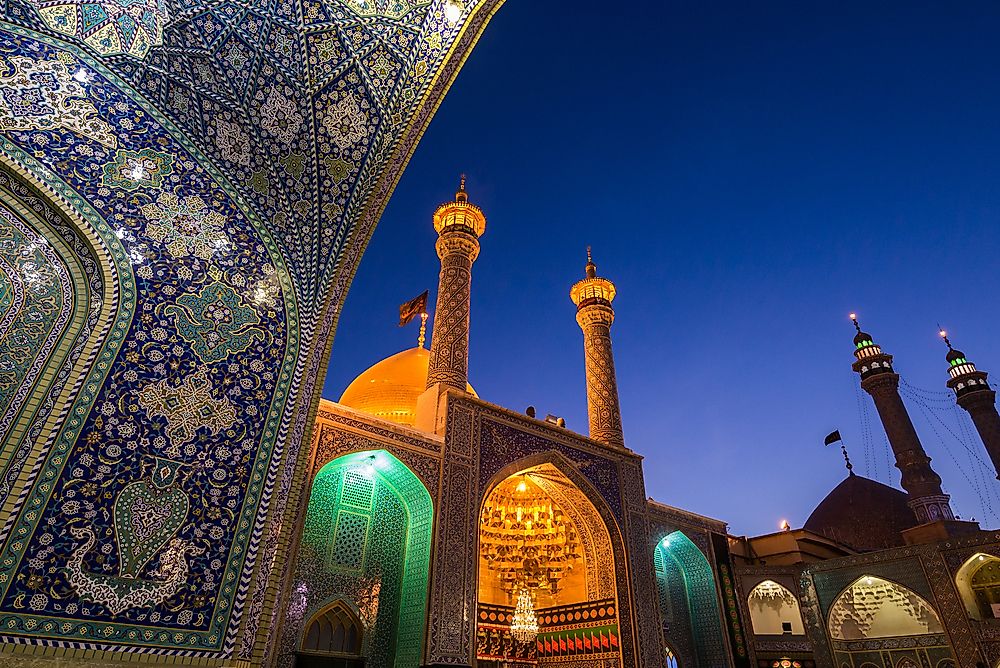Where is Greater Iran?

Greater Iran, also referred to as Greater Persia, covers areas that have the Iranian cultural influence. The areas include Central Asia, West Asia, Caucasus, and some parts of South Asia. The influence of Greater Iran by Iranian culture is due to several reasons. The first one is that for a long time Iranian empires such as Parthians, Samanids, Medes, and Achaemenids ruled over them. Secondly, their contact with Persia exposed them to the Persian culture. Thirdly, up to date, there are a significant number of Iranic peoples living in Greater Iran. Their influence on the other people living around them is inevitable. The term Iran does not refer to present day Iran only, it includes Mesopotamia, Caucasus, Eastern Anatolia, and Central Asia.
Greater Iran’s Geography
The Greater Iran region comprises of the Iranian plateau and the plains that border it. It is more of a historical region, rather than a conventionally known group of countries. The historic Achaemenid Empire, which was the origin of the Greater Iran concept, was so vast that it became difficult to rule. Most of the territories were later on lost to the Ottomans including Iraq, Caucasus territories, and Western Afghanistan. During the 8th Century, Iran was divided into two portions: the western portion (Persian Iraq) and the eastern portion (Khorasan). The cities that marked the boundary of these two provinces were Damaghan and Gurgan. The Timurids, Seljuqs, and Ghaznavids greatly influenced the division. The provinces and regions of Greater Iran include Bahrain, Iraq, Kurdistan, Caucasus, and Central Asia. Other parts that formed the Greater Iran are Uzbekistan, Tajikistan, Turkmenistan, Afghanistan, Xinjiang, and Pakistan. Pakistan and Afghanistan are both parts of South Asia.
The Regions of Greater Iran
The inhabitants of Bahrain were Persians who engaged in trade, merchants, laborers, and artisans. They settled in their country over 1000 years ago and rose to become a very influential ethnic community. Mesopotamia had a significant influence on the culture of the Persians. In fact, the region has pioneered a lot of civilization over the years. As a result, four great empires namely Sumerian, Assyrian, Babylonian, and Akkadian controlled the area. This explains why Mesopotamia became a great center of political rule.
Kurdistan is a region whose inhabitants speak an Iranian language known as Kurdish. Their culture, even to date, has noticeable similarities with those of the people of Greater Iran. Their origin might be the Medes who settled in Western Iran. Caucasus, on the other hand, comprised of North and South Caucasus. Both of them formed part of the Great Persia. Finally, Central Asia is considered the original home of the ancient Iranians because of the large amount of cultural evidence and historical structures to prove it. One of the shreds of evidence is a book of the Avesta, which has been a primary source of information.
Conclusion
The Greater Iran was a vast land that extended from Mesopotamia to Caucasus. It was under Iranian rule for a long time. However, over the last few centuries, they have lost these territories to other powers who acquired them through conquests.











